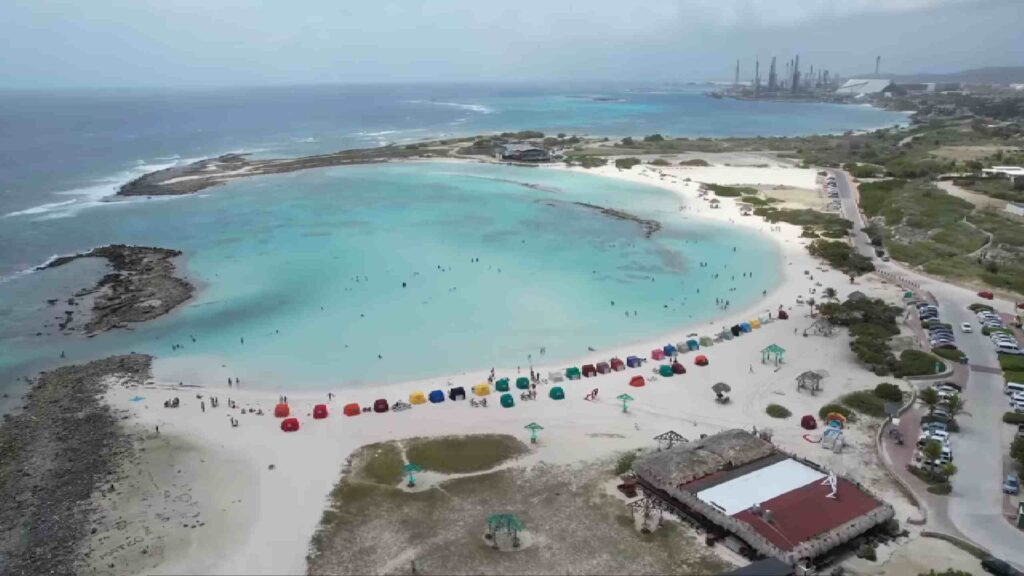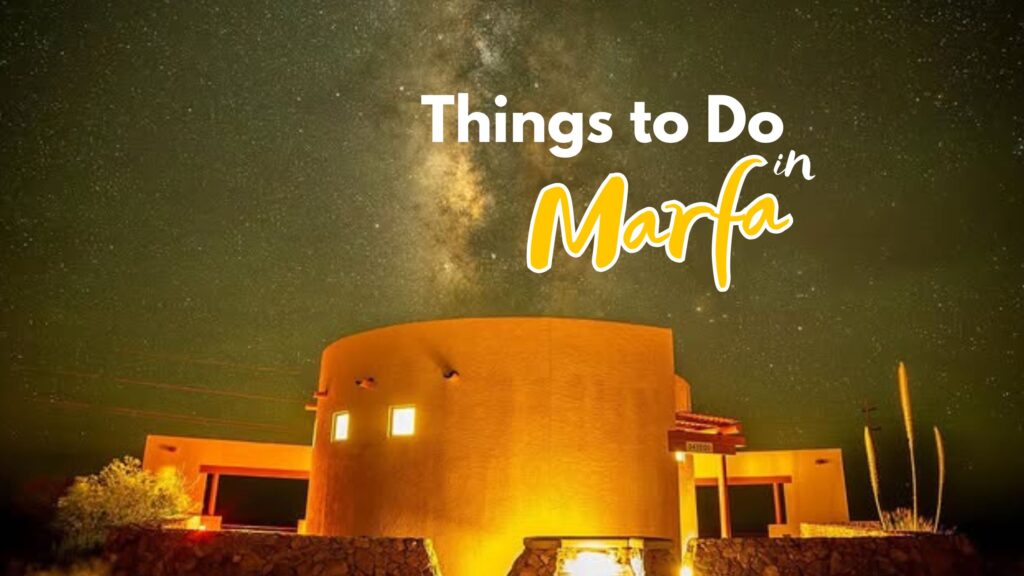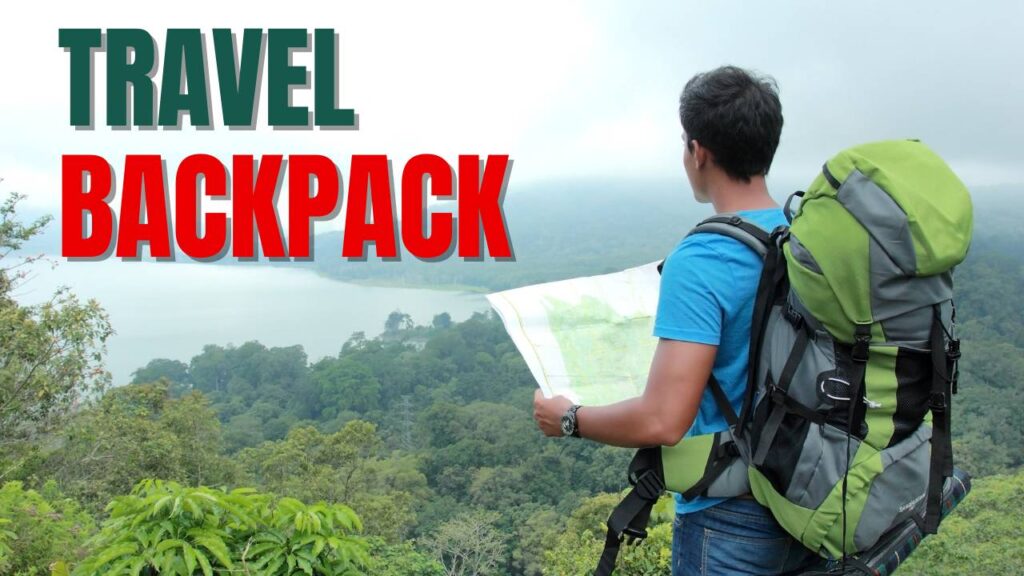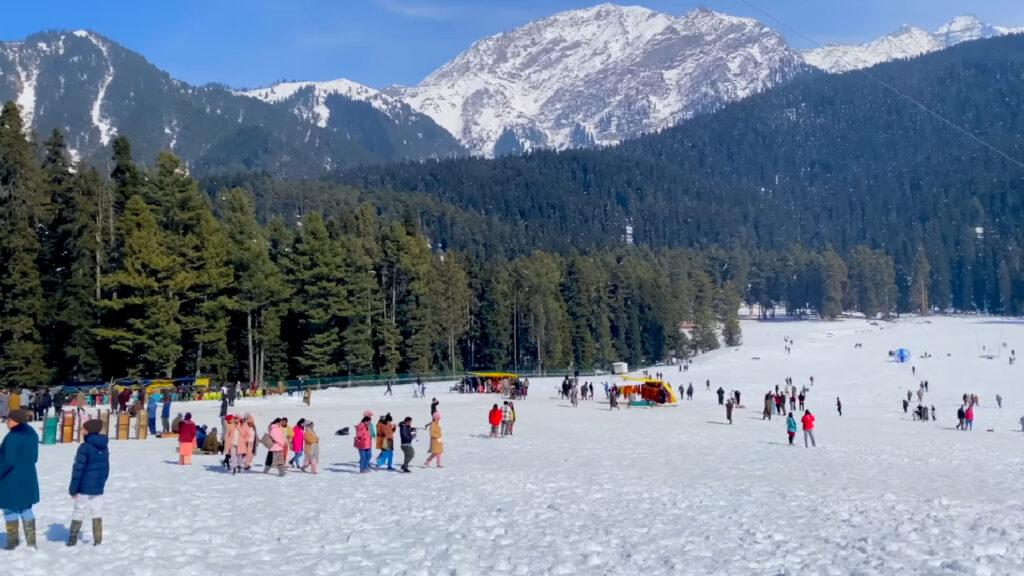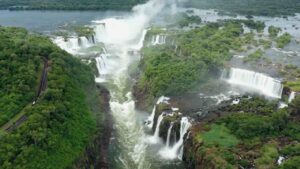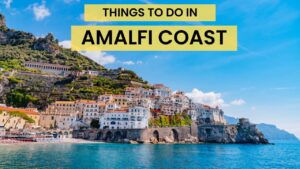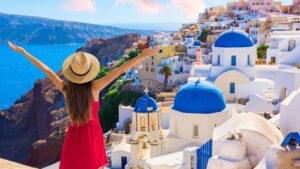Explore the Most Beautiful Islands in the World in 2025 with our handpicked list of 20 unique and incredible destinations. From hidden gems to world-famous tropical paradises, these islands offer stunning landscapes, vibrant cultures, and unforgettable experiences. Perfect for beach lovers, nature enthusiasts, and adventure seekers alike, each island promises something truly special for your next journey.
Taiwan

Taiwan ticks all the boxes. It’s slender yet soaring, with 260-odd, 3,000-meter-plus peaks protruding its spine, all carpeted in unapologetically green subtropical vegetation, tea estates, and seasonal sakura. It’s contemporary but still culture-packed, with cosmopolitan Taipei feeling a world away from old Tainan’s temples, though high-speed rail will whisk you between the pair in under 95 minutes. And its coastlines are distinctly different, with surf-pounded western volcanic shorelines, tranquil golden sands in the south, and cooler beaches in the north that are moments from hot springs – and that’s before counting the country’s smaller islands.
It’s fair to say Taiwan exceeded all my expectations, instantly ascending my ranking of the world’s best islands to visit. But my absolute favourite thing? It’s the only country in the world you can essentially circle by train. From the coast-hugging services to the old Pingxi mountain line that used to reach Japanese-occupation-era mines and the wood-constructed carriages that climb deep into the Alishan Forest, finally fully reopened in 2025 after the last stretch remained shuttered for 15 years, Loved every second of my epic rail journey. If you want to experience all of East Asia’s magic on a pocket-sized adventure, whether sleeping in a temple, sighting Sakura, attending Taiwan’s lantern festival, or devouring street food at first-class night markets, Taiwan is just the ticket.
The Falkland Islands
At South America’s edge, the vastness of Antarctica looming beyond, The Falkland Islands house some 500,000 pairs of breeding penguins. Five species of these flightless birds can be found across the numerous unique islands that form this hauntingly beautiful archipelago. Photographing the Falklands is an absolute dream, but it’s much more than just a camera-friendly, penguin-peppered wild isle. Out on these barren landscapes, where sheep could be your only companions for hours, you’ll experience a solitary, isolated and remote escape without the need for an expedition ship.
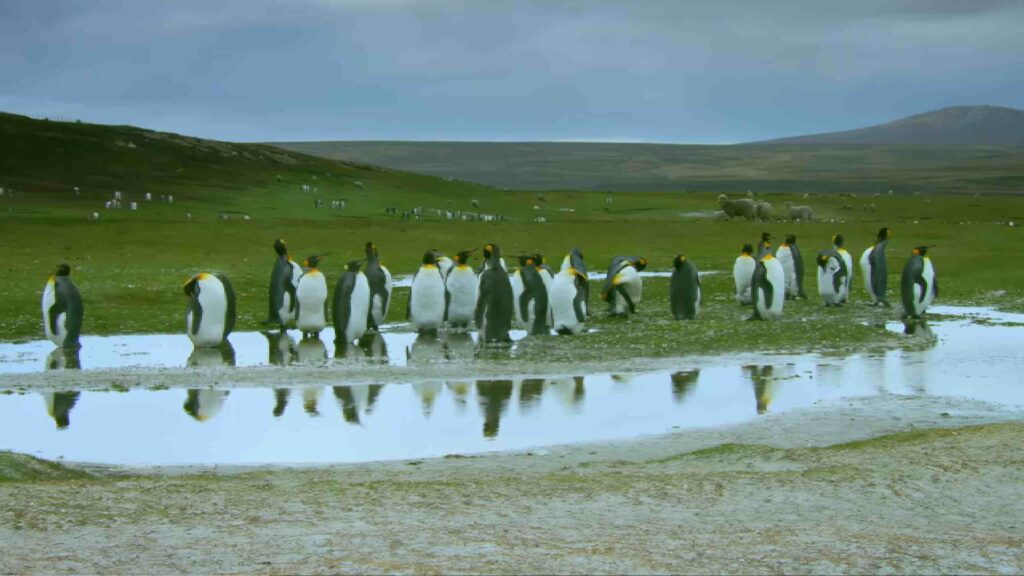
Yes, the Falkland Islands often conjure up bleak photos of an even bleaker war. But look a little closer, and you’ll find colour aplenty. Dazzling, paper-white sands are lapped by every cerulean shade conceivable. Albatrosses, gulls, pintails, dolphins, seals, sea lions, and whales all vie for your penguin-focused attention. Spend a couple of days at Saunders Island’s rural cabin lost amongst penguin colonies, see an army of fluffy chicks at Volunteer Point, or kayak alongside seals and shipwrecks, and you’ll soon see the Falklands are kaleidoscopic.
Madagascar
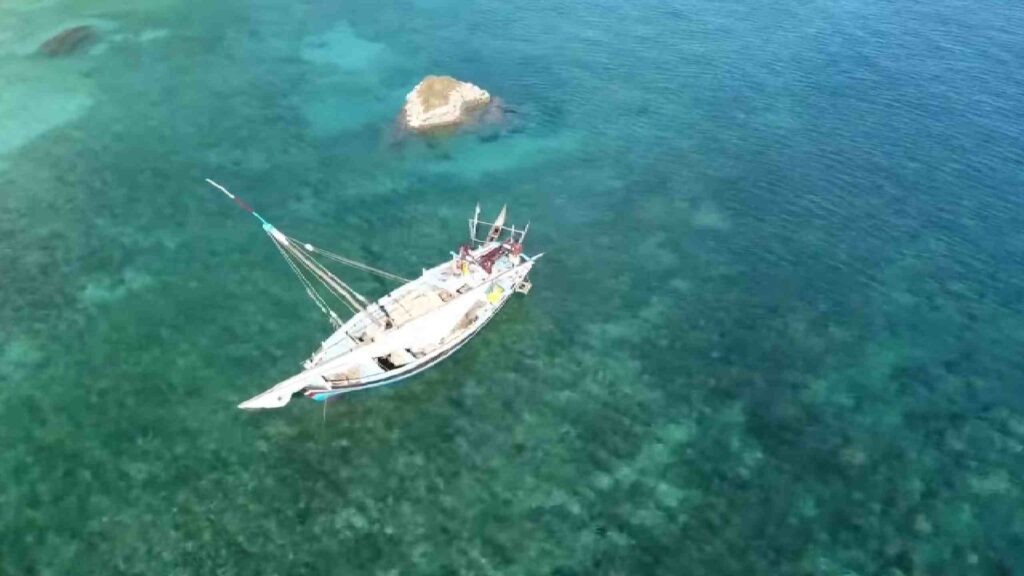
Few countries in the world can rival Madagascar for distinct biodiversity. Set off the coast of southeast Africa, Madagascar’s unique development over millennia has gifted the island nation with some serious fauna and flora credentials. It’s most famous for its iconic lemurs, vivid panther chameleons and towering, ethereal baobab trees, but that’s only part of the story. It’s believed around 90% of the island’s wildlife is endemic species that aren’t found anywhere on the planet.
Hilary Bradt, founder of Bradt Guidebooks, first visited Madagascar in 1976 and has returned nearly 30 times, including to write the first-ever Madagascar Guidebook. Her stories about exploring the untouched, wild landscapes and navigating remote areas of this barely visited island decades ago are truly inspiring. However, times are changing-Emirates will begin regular flights to Madagascar in 2025. While the island still offers plenty of wild, off-the-beaten-path experiences, some of its more idyllic spots, like the ultra-luxurious, sustainable resort of Miavana, now offer a blend of home comforts, signature lemur sightings, and first-class scuba diving.
Sado Island, Japan
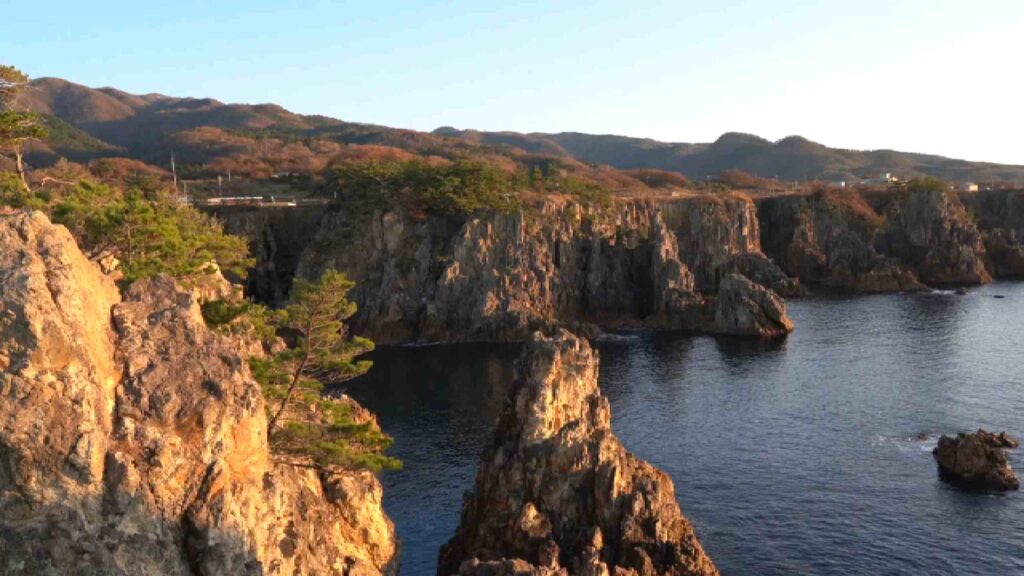
Sado Island is the polar opposite of Tokyo. There are no skyscrapers or fast-paced living here. Instead, traditions rule supreme, temples dot the interior, and the rugged coastline is a far cry from the capital’s urban sprawl. After riding the speedy Shinkansen train to Niigata, followed by the hydrofoil to Sado, slowing down is obligatory. Once a hive of gold mining activity – a fair chunk of Japan’s wealth originated from here – the closure of Sado’s mines saw the island’s industrial glory days dwindle, and it became something of a time capsule. The mines are still there, but nowadays, on a walk deep underground, you’ll be met by mechanical models of workers (hey, it’s still Japan!) staring at you rather than real employees.
Above ground, the time warp aura continues. Eerie displays of school desks linger in the island’s museum, weathered wooden temples have been reclaimed by nature, and millennia-old lava forms punctuate the coastline – best seen from a traditional round tub boat. Nowhere is the old ways of life more present than in 200-year-old Shukunegi Village, a cluster of wooden homes and welcoming, ageing residents.
Sicily, Italy
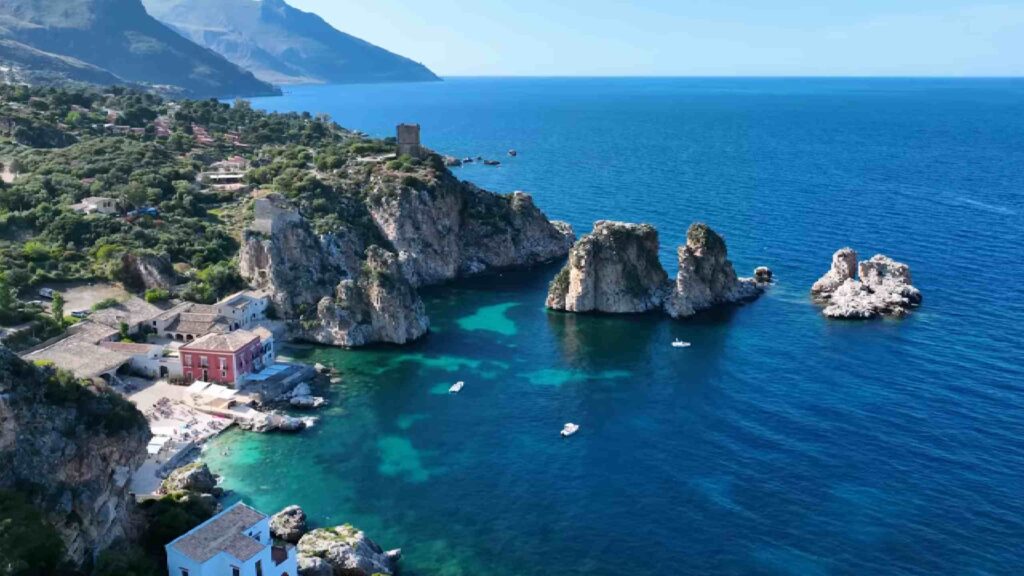
Sicily is a living time capsule for human civilisations: Phoenicians, Greeks, Romans, Arabs, Byzantines – and all the others who have been and gone. This Italian island has been seducing seafarers for millennia. Their stories, flavours, architectural styles and sects have stacked high, creating something of an open-air museum. In Syracuse, the remains of both Roman and Greek Amphitheaters coexist. At Villa Romana del Casale, you’ll find what UNESCO call “the finest mosaics in situ anywhere in the Roman world”. And, as you traverse atop the Valley of the Temples in Agrigento (Italy’s 2025 Capital of Culture), ancient Greek architecture transports you to some six centuries before Christ himself.
Then, you’ll meet the two main sibling cities, both boasting distinctive personalities. The island’s capital, Palermo, is sexy, sassy and sometimes overwhelming. On the ‘big brothers’ boisterous backstreets, Ballaro Market will introduce you to the island’s finest flavours. Stock up on street food staples, arancini and pani câ meusa, before partying all night. On the flip side, sister Catania is a little more ‘classical Italian’ in demeanour. That is, of course, until you glimpse Mount Etna – one of the world’s most active volcanoes – providing a bellowing backdrop to her Baroque. Just like those myth-laden ceramic heads, be prepared to start a passionate love affair with Sicily.
Dominica, Caribbean
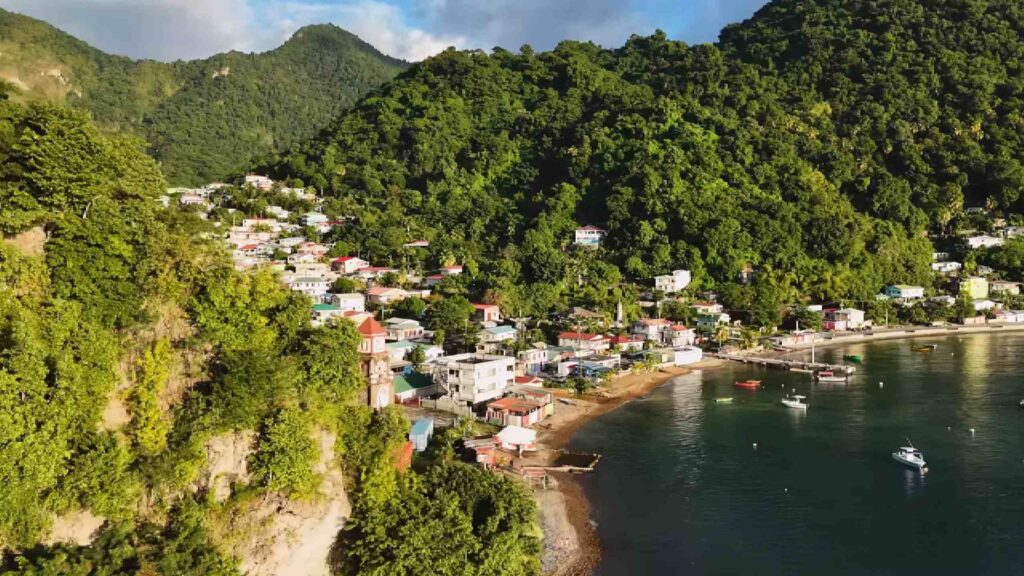
If you’re craving a Caribbean vacation full of relaxing beaches, rum punches and luxury resorts – you’re in the wrong place. Dominica has those, yes. But here, on the so-called “Nature Island”, your days are far more likely to be filled with spine-tingling canyoning adventures, exotic bird watching on multi-day hikes or kayaking alongside sun-baked black sand beaches. This is the untouched Caribbean at its best, and the best things to do in Dominica are fully focused on nature. However, given a new runway extension was completed in 2024, opening up direct flights from the USA (Miami) and the world’s longest cable car is expected to open in late 2025, this might be the last year Dominica remains relatively under the radar.
Komodo National Park, Indonesia
How do you make a typical tropical island in Southeast Asia even more dramatic? By adding some sunbathing dragons into the mix. Indonesia lauds many of the world’s most magical islands, bragging around 17,000 in total. But it’s Komodo National Park where you’ll find some of the nation’s most unique islands, housing the endemic Komodo Dragon, a giant monitor lizard. Much of the protected park is uninhabited and focused on wildlife encounters. And stumbling upon one of these mind-boggling species, some of which can grow up to three metres in length, far overshadows the pink sand beaches and jaw-dropping isles you’ll cross on the boat ride to reach the lizards. But don’t get too close: Komodo Dragons would have no qualms about eating a human for lunch if provoked.
The Faroe Islands, Kingdom of Denmark
The eighteen main islands that form the far-flung Faroe Islands archipelago, almost halfway between Norway and Iceland, have been shaped by fierce winds and roaring Atlantic waters. In the 9th century, Norse settlers arrived to try to tame these once-volcanic islands, and until this day, the archipelago’s seafaring sagas and inhospitable conditions have prevailed. But the Faroes are far from underdeveloped: futuristic buildings contrast with their traditional turf roofs in Tórshavn, award-winning chefs play with the ocean’s bounty, and underwater tunnels and ferries keep communities connected.
Wadjemup (Rottnest Island), Australia
If you’ve never heard of a Quokka before, Meeting one fast became a new life goal as soon as Learned about these smiley, cute critters. But it gets even better. Location to say hey to these adorable marsupials is one of the best islands to visit in Australia – glorious Wadjemup, also known as Rottnest Island. After just a short boat hop from Perth, Western Australia’s capital, you’ll arrive at this car-free island. Slow jaunts on foot or by bike will bring you to salt-white sands and turquoise bays, and laid-back cabin stays will keep you here. Many people come to satisfy their Quokka obsession, but it’s also just a top-notch island for a holiday. Not that it’s always been an island. Thousands of years ago, this idyllic speck was attached to the mainland.
São Miguel, Azores, Portugal
Surf-ready black sand beaches, geothermal hot springs begging to be bathed in, lofty hikes around crater lakes, and whale watching aplenty – welcome to São Miguel, a real-life Eden halfway between Europe and Canada. São Miguel is the largest of Portugal’s nine-strong Azores archipelago and is arguably one of the best islands to visit in Europe for both adventure and relaxation. Imagine a kind of Switzerland meets New Zealand, one that has been shaped by volcanic activity, aggressive Atlantic swells, and rock-chiselling waterfalls. Some might call it the ‘Hawaii of Europe’, but the Azores are far less developed. And that is very much their adrenaline-led charm.
Raja Ampat, Indonesia
Raja Ampat, an archipelago in the far east of Indonesia, is home to some of the most mesmirising islands Visited – especially for scuba diving. Out here, off the coast of West Papua, Transported to that tropical postcard. You know, the perfect dreamy mix of palms, silica sands, and verdant islands that shroud just a handful of wooden cabins far removed from the modern world. Went to Raja Ampat, a lot has changed. Larger luxury hotels have started to be built and small liveaboard scuba ships are being replaced by larger, reef-damaging vessels. All of this has put pressure on the pristine landscapes and local communities. So if you are considering a visit to Raja Ampat, really think about it – especially as it’s going to take a big chunk of time to get out to this truly remote and isolated destination.
Nisyros Island, Greece
Greece is undoubtedly one of Europe’s best beach destinations and brags some of the world’s finest islands for a holiday. Some, such as Santorini, are so famous they are almost sinking under the weight of tourism. But if you fancy a slightly more offbeat, volcanic isle, turn your attention to Nisyros, one of Greece’s Dodecanese Islands. It’s got all the typical Greek island essentials you could want: whitewashed houses, blue tile work, and tavernas dishing out staples. Also have the chance to walk inside a hulking caldera for a proper Aegean-enveloped volcano escape.
Sri Lanka
The ‘Pearl of the Indian Ocean’, Sri Lanka, has had plenty of news coverage in recent years – from being tourism’s new darling to political and economic crises. Beyond the headlines, however, this will forever be a land of tea-shrouded hilltop villages, ocean-calling coastlines, and wildlife writ large. Sri Lanka is an incredible island to experience a little bit of everything bundled up into a manageable size. The cuisine is outstanding whether you prefer fragrant curries or fresh fish. Wildlife lovers are spoiled with elephant migrations on land or whale spotting in the deep blue. Nature lovers can take their pick of rambling trails through forests, tea plantations, or along foot-print-free glistening shorelines.
Mont St Michel, France
Once a monastery and then a convent, paying a visit to Normandy’s Mont St Michel is now one of the most famous things to do in France. It’s also one of the world’s most unique islands. To get here, follow in the footsteps of pilgrims who have been visiting this high-tide island since the 8th century and cross from the mainland by a bridge. Before, this rocky islet was only accessible by the footpath, which appeared during low tide, hence its strategic defensive position. Nowadays, a new permanent road means that access is now much easier. That said, this coastline is home to the highest tides in Europe, meaning the occasional cut-off can occur. Usually, only in the days after a full moon.
K’gari (Fraser Island), Australia
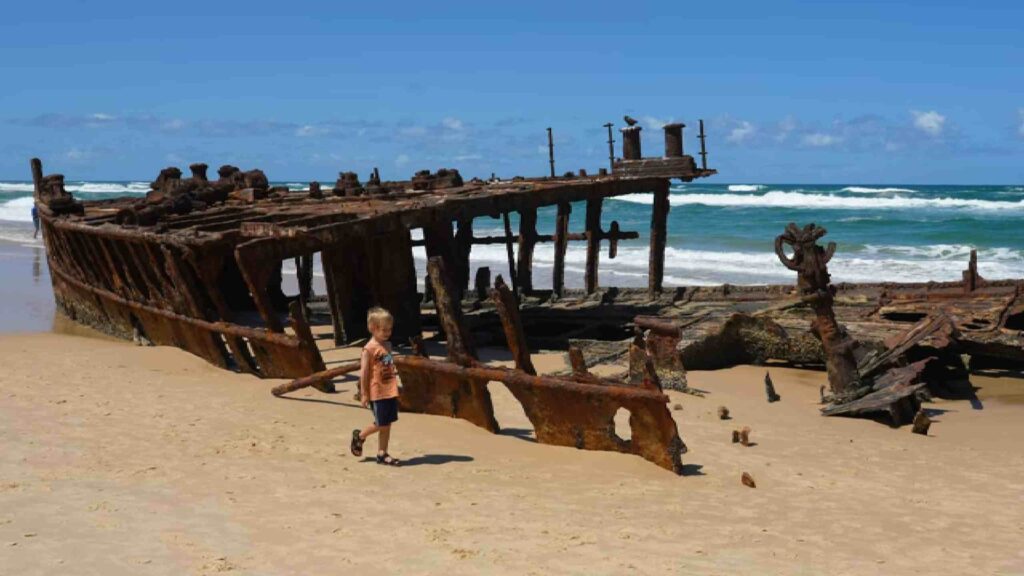
K’gari is the world’s largest island made wholly of sand – all 120 kilometres of it – making it one of the most unique islands to visit. Everything from plane landings to highways takes place on the sand itself, and a 4WD adventure here is one of Australia’s best experiences. It’s easily visited as a day trip from Hervey Bay, but to really soak up Fraser Island’s unusual setting, plan to stay for a couple of nights at one of the country’s best ecotourism destinations.
Jamaica
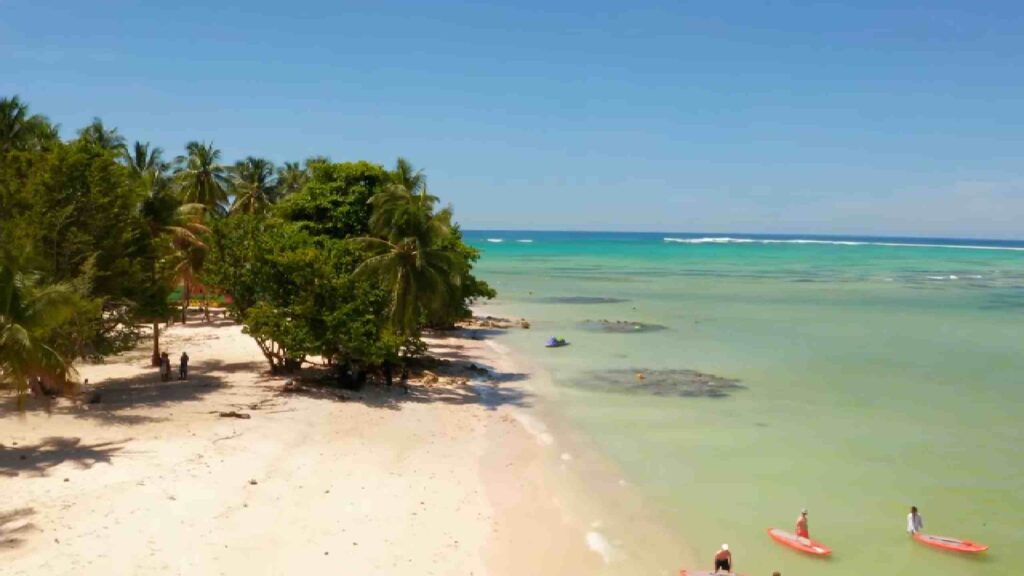
Jamaica has long been one of the Caribbean’s best islands to visit for sun and sand staples. Spent a month filming a project in Jamaica with EU Aid, there’s plenty more to uncover. Of course, the pristine resort beaches will always be a major pull to Jamaica, as will the art and music culture. Famed as the birthplace of Bob Marley, his museum in Kingston and the Trench Town & Culture Yard Museum draw in the crowds. But there’s very much a lived culture of the arts, too, thanks to groups such as Kingston Creative, who are bringing new murals and music projects to the downtown area. Even if you don’t visit during April’s carnival, regular events will give you a feel for Jamaica’s lust for life.
FAQs
What are the best islands to visit in 2025?
Some of the best islands to visit in 2025 include Bora Bora (French Polynesia), Maui (Hawaii), Santorini (Greece), Phuket (Thailand), and Bali (Indonesia). These islands offer stunning beaches, vibrant cultures, and luxurious resorts perfect for a getaway.
Which are the most beautiful islands in the world?
The most beautiful islands include Maldives, Maui, Bora Bora, Seychelles, and Santorini. These islands are famous for their pristine beaches, clear waters, and breathtaking natural beauty.
What is the best tropical island to visit for a honeymoon?
For a honeymoon, top destinations include Maldives, Bora Bora, Maui, Santorini, and Fiji. These islands are known for their romantic settings, luxurious resorts, and exceptional privacy for newlyweds.
What are the best islands for adventure travelers?
For adventure travelers, the best islands to visit are New Zealand’s South Island, Iceland, Costa Rica’s Isla del Coco, Galápagos Islands, and Reunion Island. These islands offer thrilling activities like hiking, volcano trekking, scuba diving, and wildlife exploration.
Which islands are best for families?
The best islands for families include Maui (Hawaii), Phuket (Thailand), Kauai (Hawaii), Bora Bora, and The Bahamas. These islands offer kid-friendly resorts, exciting activities, and safe, shallow waters for family-friendly vacations.
What are the best luxury islands to visit?
Some of the best luxury islands include Maldives, Bora Bora, Fiji, Maui, and St. Barts. These destinations are known for their exclusive resorts, private villas, world-class service, and first-class amenities.
What are the best off-the-beaten-path islands to visit?
For off-the-beaten-path islands, consider Svalbard (Norway), Isla de la Plata (Ecuador), Palawan (Philippines), Azores (Portugal), and Socotra (Yemen). These hidden gems offer untouched landscapes, unique wildlife, and fewer crowds.
Which islands have the clearest water?
Islands with the clearest waters include The Maldives, Bora Bora, Palawan, Exuma (Bahamas), and Fiji. These islands are famous for their crystal-clear waters perfect for snorkeling, diving, and other water activities.
